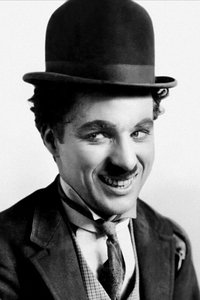The Funniest Man in the World
Genres
Documentary
OverView
Documentary about the early career of Charlie Chaplin.
Others
Budget
$--
Revenue
$--
Status
Released
Original Language
English
Runtime
95 mins
Rating
0/10
Release Date
13 November 1967
Country
United States of America


